
Benefits of Having a Professional 3D Printer
If you are in the market for your first 3D printer or looking to upgrade your current one, you might be a little baffled by the number of new devices on the market. For people who are not absolute enthusiasts, this is completely understandable. There is a huge number of 3D printers that all come with different features and vastly contrasting price ranges. To be happy with the choices you have made, it is important to have an idea of what you are going to get for the price you pay.
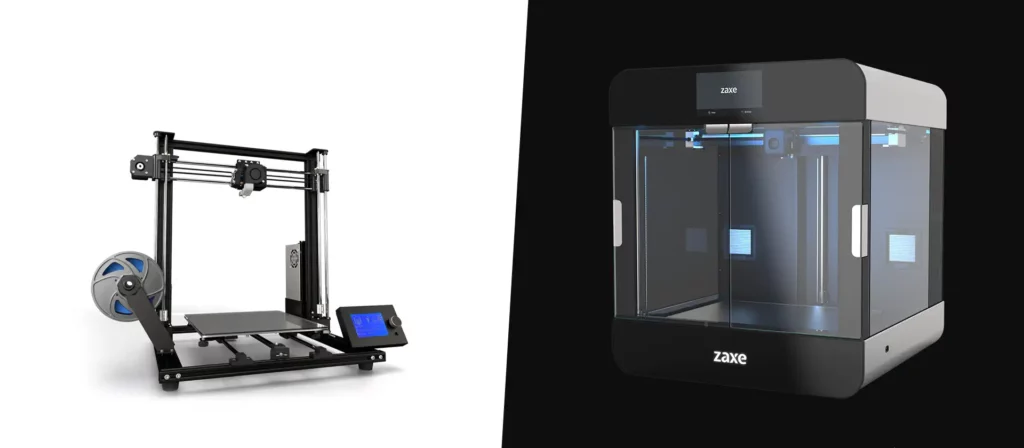
Professional 3D Printers vs Desktop 3D Printers
We will try to exclude industrial printers from this conversation as they tend to have prince tags around the $10,000-$100,000 range and are not available to the general public due to their size and difficulties they come with. But when you compare desktop printers and professional ones, you will notice that they will seemingly do the same thing for vastly different prices. So, what is the difference between a desktop printer and a professional printer? What can a professional 3D printer offer you to justify the £4000+ price tag?
Why Buy a Professional 3D Printer
When buying a 3D printer, the first thing you should take into consideration would be “What am I going to use the 3D printer for?”. If you want to print DIY tools for your home or little figurines, a desktop 3D printer might just be fine. But these devices have shortcomings that don’t make them entirely suitable for work environments.
When we start talking about more “professional” 3D printers, the name suggests utilization in certain fields and professions. If the printed parts require fit, function, durability, details, and versatility, a desktop 3D printer will probably hang you out to dry. Let’s talk about what a professional device can provide over desktop 3D printers.
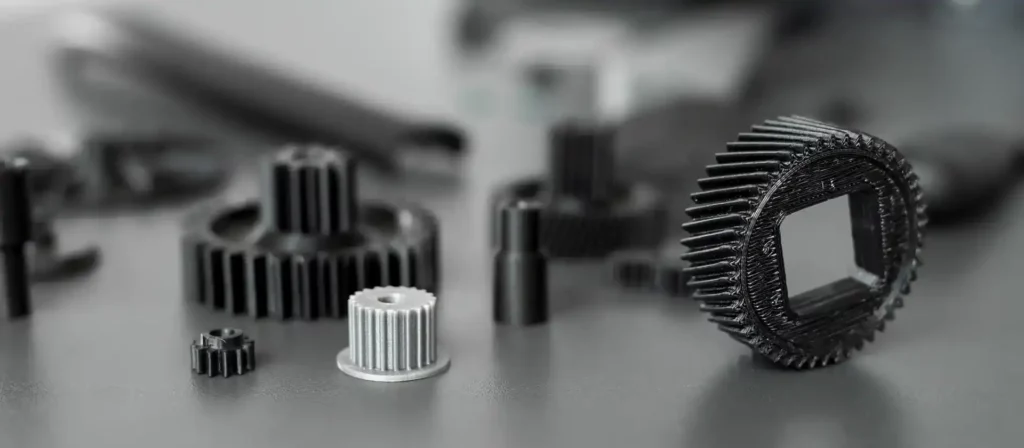
Precision
When you are printing models with only aesthetics in mind using a desktop 3D printer, the level of accuracy probably doesn’t even come to mind as long as the end product looks good enough. But the level of precision you get from your print will directly affect the performance of the part if the print has a mechanical function.
You will see complaints about bad tolerance levels all the time online and most people will chalk this up to calibration issues and the filament used, but some parts truly only can be printed with a device that can achieve an adequate level of accuracy to function as the designers intended.
Things like the enclosed built most professional 3D printers have, the quality of the stepper motors, the sturdiness of the body, and the quality of the extrusion system are all there for a reason and will allow you to get the results you are looking for that you can’t get from a subpar desktop device. A professional 3D printer reduces problems like shrinkage, warping, and oozing which increases the performance of your prints from the day you start printing.
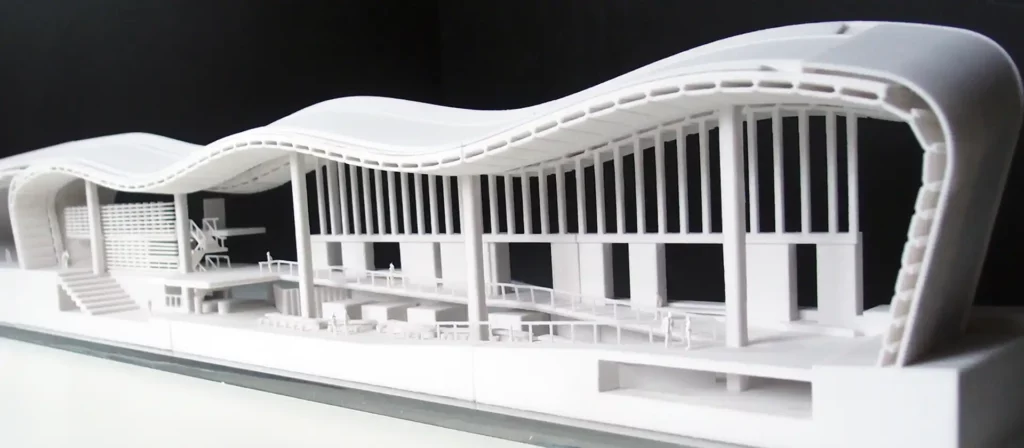
Details
The detail and resolution of your print will also play a big part in the performance and tolerance of print. The surface details, geometrically complex parts, and detailed patterns can only be successfully printed using certain sized nozzles and layer height which are often not supported by desktop printers.
Even if the printed part doesn’t have a mechanical function, aesthetically speaking, professional 3D printers can print gorgeous surfaces with impressive levels of detail which is great for fields like architecture where the visual aspect of the models matter for important presentations.
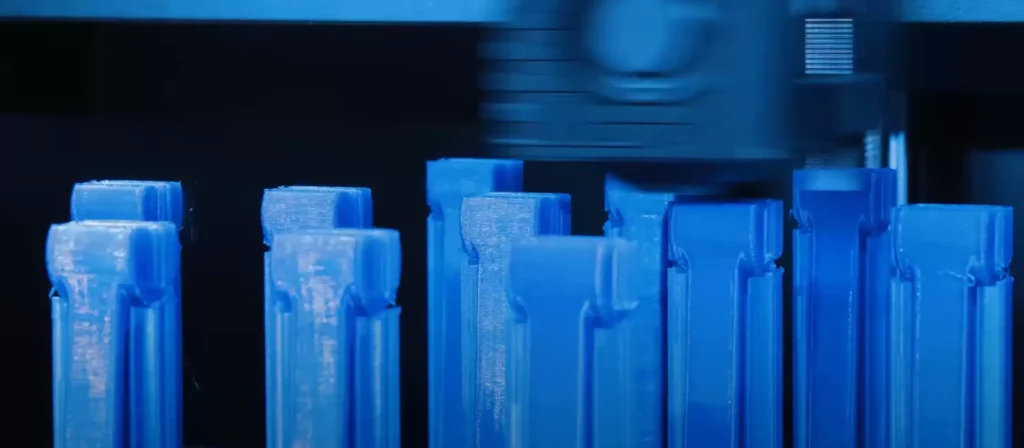
Consistency
When you are operating a well-functioning business, there is very little room for error if you want to stay ahead of the competition. While high-quality desktop 3D printers can give pretty impressive results, they are often not as reliable as their professional counterparts.
Mechanical failures, wear and tear, subpar prints, and calibration issues are all common problems for desktop printers which might kill the productivity in a workspace pretty quickly by slowing down the workflow of employees.
The higher quality parts and more advanced features for professional 3D printers help you build a more reliable and scalable production line and reduce the chances of any mishaps. With professional 3D printers, you can pretty much expect the same level of quality after each print and get good results consistently.

More Filament Options
In order to be able to print with certain filaments like PA and PC, your hot end needs to be able to reach high temperatures. The higher the temperature, the more expensive the parts that you need to reach it. That’s why desktop printers are usually designed to print with basic filaments like PLA, ABS, and PETG in mind. These filaments can be printed at relatively low temperatures and provide pretty good quality for their price tag, but some fields require a wider selection of filaments.
Engineers in a variety of fields will need high-performance, heat-resistant, and extremely rigid materials to print end-use parts using filaments like PA, PA-CF, PC-ABS, and most desktop printers will have a really hard time printing with these filaments.
Some can right out of the box and some others can after a long upgrading process, but a professional 3D printer will be able to give you good results with these filaments with no trouble thanks to the high-quality parts that were used in the manufacturing and extensive research and development that goes into making them.
For more on filament types: Filaments 101
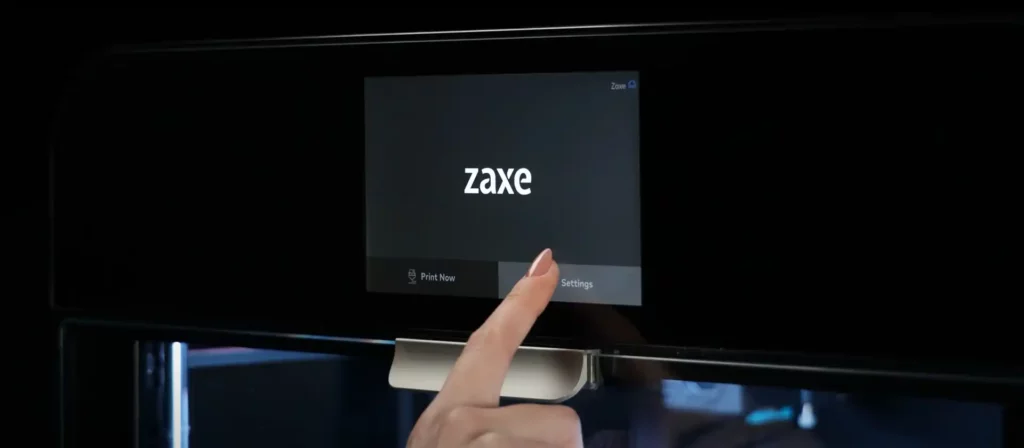
User-Experience
This is where the difference between hobbyists and just users comes into play. Desktop printers are usually designed with 3D printing enthusiasts in mind. Which means the producers of the device assume the user already knows a thing or two about additive manufacturing or is interested enough in the subject to look some things up and do some maintenance or calibration by themselves.
When you are in a chaotic work environment and need to get some print done, or some members of the team need to use the 3D printer but don’t really know how to, the point of having a 3D printer becomes redundant.
The features that can be added to make desktop printers more accessible to the users cost money, which brings the production costs up in an already competitive industry. When you are buying a professional 3D printer, you are also paying for a more convenient printing experience. The touchscreens, automatic calibration capabilities, and user-friendly interfaces make printing with professional devices easier and stress-free for inexperienced users.

Better Customer Support
This could have been included in the previous entry as it is somewhat tied to the overall user experience, but we think it is important enough to warrant its own section. No matter how good your 3D printer is or how much money you have spent on it, you will eventually need some form of customer support. This can be for anything from learning how to print with a certain filament to changing some of the parts in your device.
When the time that you can use a helping comes, you better hope the provider of your 3D printer has a decent customer support system. Of course, the quality of the service will be entirely dependent on the brand you bought your 3D printer from, but the general consensus is that the lower costs of desktop printer usually means the warranty durations will be shorter and the amount of help you are going to get from the provider will be limited.
One of the many reasons most professional 3D printers cost more is that they have extended warranties and provide customer service for their client base 24/7. When you buy a professional 3D printer, you will be the client of a company that has a smaller customer base and cares more about the performance of the product they sell. Also, companies that manufacture professional-grade 3D printers also provide spare parts for their products for years on end including the legacy models they stopped producing which extends the service life of your 3D printer.

Larger Printing Area
Another shortcoming of desktop 3D printers would be the smaller build volumes. Things like scalability, mass production, and bigger end-use parts are not the priority of desktop printers and the manufacturers focus their efforts and budget to develop a device that gives better performance in smaller print volumes. Making a 3D printer with a big volume increases the size of the device which would make it unfit to perform in a home environment.
Professional 3D printers are considerably bigger and have much bigger build volumes when compared to the average desktop printers. This means the users can print bigger parts, make several of the same product in the same batch and increase their production rate. Mass production capabilities of professional 3D printers reduce the human power used in the devices and help you develop an effective production line.
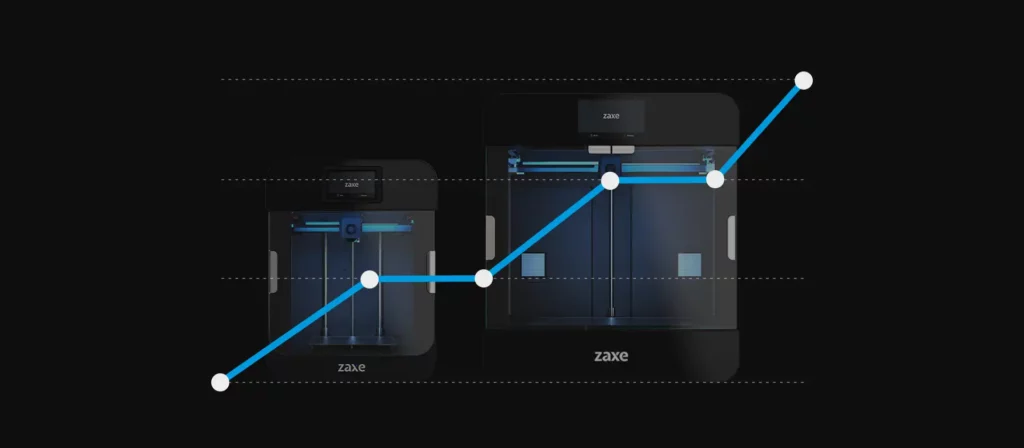
Return of Investment
We kept talking about professional 3D printers as smart investments, but never mentioned the return you are going to get from them. Every investment is made with the hope to get something back in return and we think professional printers more than justify the price tag they have when you take their output into consideration. With a larger print volume, comes more output.
The mass production capabilities of professional 3D printers not only allow you to print several small products in one single batch but also give you the ability to print unique items like bigger spare parts and architectural models that can’t be printed with other 3D printers. If you are a manufacturer, 3D printers are an automatic, scalable, and reliable production line that can pay for themselves faster than other expensive production methods.
If you are in a business that requires models and prototypes, 3D printers will decrease the amount of money you spend acquiring 3rd party help to manufacture these models. Once you made the initial investment, the filaments you use and the electricity is pretty much the only expense you are going to make which are very cheap compared to paying someone else to do it for you.
To Summarize
If the price point is not the only issue for you and can spare a part of your budget on a better device, the main things that a professional 3D grants you are quality, consistency, and convenience. You can unbox a professional 3D printer and start printing high-quality parts in a matter of minutes for months on end with no issues. There are amazing desktop devices on the market and they come with endless modding/upgrading options, but unless you are an enthusiast, it would probably be too much of a hassle for you. In a professional environment, making a bigger investment and getting a professional 3D printer will pay for itself in the long run.
